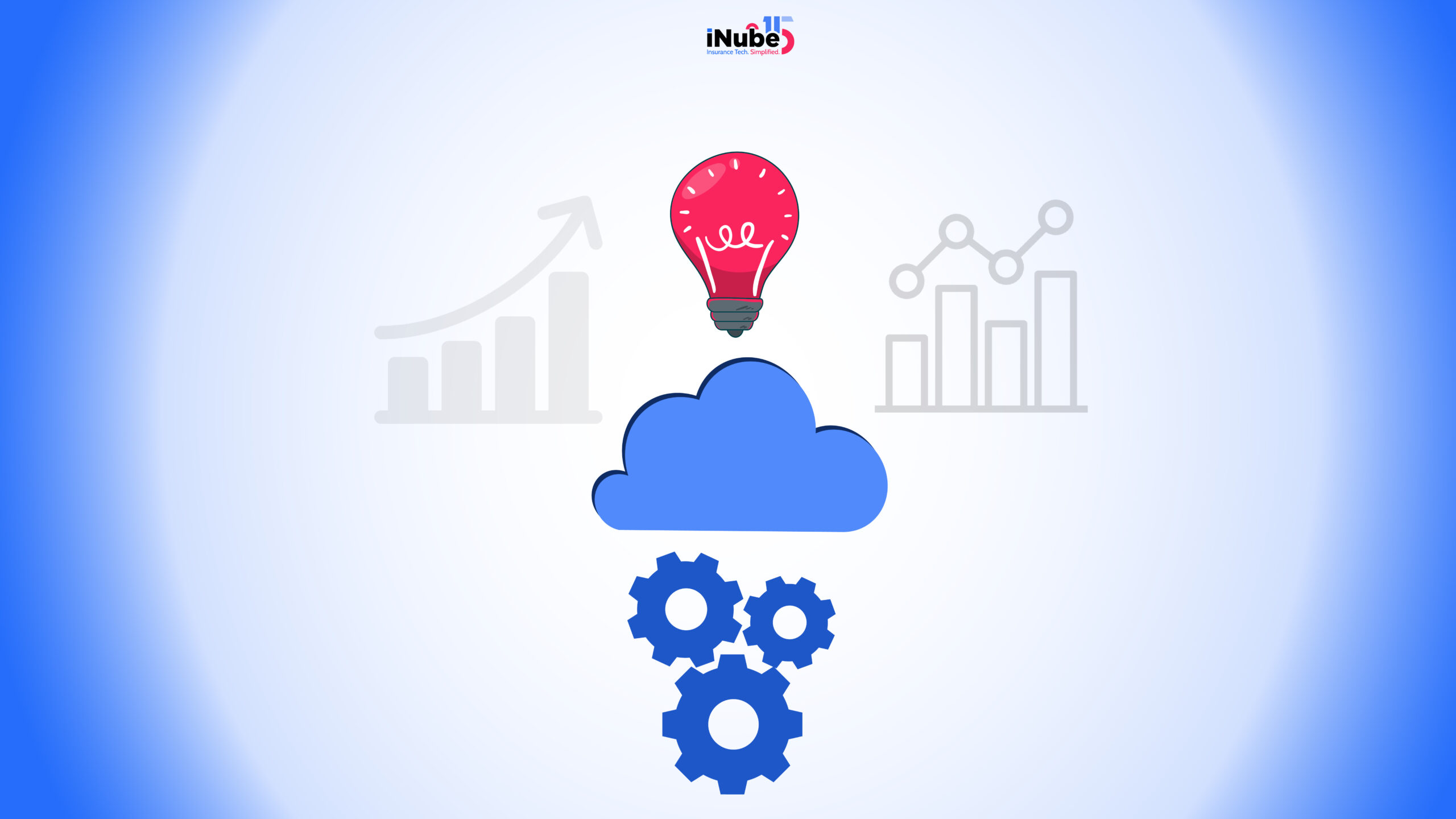The insurance industry is undergoing a significant shift in its history, which essentially means a shift that is increasingly being powered by software technology and is accelerated by Insurtech innovation. What was once traditional and a paper-heavy sector is now rapidly evolving into a data-driven, customer-centric ecosystem where insurance automation, along with intelligent platforms, is redefining the way insurers operate and compete.
As per McKinsey, advanced technologies would be automating up to 50-60% of manual processes across underwriting, claims, and servicing functions by 2030, which is helping in unlocking billions in efficiency gains.
Read on to decode more.
How Automation is Acting as the Catalyst for Digital Transformation?
For nearly decades, the insurance processes were quite slow, siloed, and also highly paper-heavy. Policy issuance would take weeks, and this also includes the claims being stretched into months. However, with insurance automation in the frame, this narrative has changed.
Here’s how automation is acting as the catalyst in digital transformation:
Automating Claims Processing- From Weeks to Minutes
The claims are the “moment of truth” for policyholders, and this traditionally is the biggest bottleneck. The manual claims handling process essentially includes repetitive data entry, multiple checks, and longer wait times.
Today, automated claims processing systems are revolutionizing this space significantly. By using AI, OCR, and digital workflows, the insurers can:
- Auto-verifying the documents in real-time
- Flagging the anomalies through fraud detection models
- Routing the straightforward claims for straight-through processing (STP)
- Reducing the turnaround times from weeks to just under 24 hours
- Harnessing Insurance Underwriting Precision within Grip
Underwriting is just another function that is ripe for disruption. The traditional underwriting essentially relies upon static data, manual risk scoring, and limited customization. The insurance underwriting automation is bringing:
- Real-time data ingestion that includes IoT, telematics, and behavioral data
- Dynamic pricing models
- Automated precision making for the low-risk policies
- Enhanced underwriter productivity for most of the complex cases
In one of the recent studies from McKinsey, it was pointed out that automating underwriting will cut down the costs by up to 40 percent, while also improving accuracy and reducing the turnaround time from days to just minutes.
How Digital Transformation is Proving More than Just a Tech Upgrade?
The phrase digital transformation in insurance often gets reduced to “digitizing forms” or just “moving to the cloud.” In reality, it represents a paradigm shift in the way insurers operate and engage with stakeholders.
Legacy Systems vs Modern Insurance Software
The legacy systems were essentially built for stability and not just for agility. They essentially struggle to integrate with the new tools, limit innovation, and also increase technical debt. In contrast, the modern insurance software would be:
API-First
This will enable seamless integration with partners and ecosystems.
Cloud-Native
This offers scalability and also real-time processing
Low Code No Code Enabled
This allows the business teams to seamlessly build and deploy the apps rapidly.
AI-Powered
This allows for embedding intelligence into everyday workflows
While automation has undoubtedly reshaped the insurance operations, will it be possible for the insurers to rethink the insurance model without it?
Reimagining the Insurance Model Beyond Automation
While insurance automation will seamlessly address efficiency, the real opportunity essentially lies in transformation- reimaging the way insurance fundamentally works.
Consider this:
- If the claims are being processed instantly, and underwriting becomes much more predictive, what will the traditional role of the insurance agent look like?
- If the risk can be monitored in real-time through the connected devices, will insurance become more proactive instead of reactive?
- If the insurance software can seamlessly integrate with the ecosystems, does the concept of a standalone policy even remain relevant?
While these considerations will give the insurers clarity, head to the next section to decode the strategic imperatives that insurers can leverage to answer these questions practically.
The Strategic Imperatives- Key Considerations
For the insurers, embracing this wave of insurance technology will require more than tech investments. It demands a more strategic realignment around these three imperatives:
Automating Intelligently
Deploying insurance automation where it will be creating the most impact- and this essentially includes underwriting, claims, servicing, and all this while maintaining a human oversight for the complex scenarios.
Modernizing the Core Systems
Replacing and wrapping the legacy systems with flexible insurance software will support modularity, APIs, and cloud scalability.
Innovating through Ecosystems
Partnering with the Insurtech players, tech providers, and the adjacent industries will enable them to co-create new products and experiences that will go beyond traditional insurance.
Automation to Transformation- The Road Ahead
The insurance industry is standing at a tipping point. Insurtech and advanced insurance technology are not merely optimizing workflows; they are redefining the DNA of insurance itself. Through digital transformation in insurance, the insurers will be able to move from being the policy providers to becoming the risk partners- while delivering proactive, personalized, and frictionless protection. The question here is not about the insurers transforming their operations with automation-led technology; instead, it’s about how fast they will do it.

Archismita Mukherjee
Insurance Content Analyst


